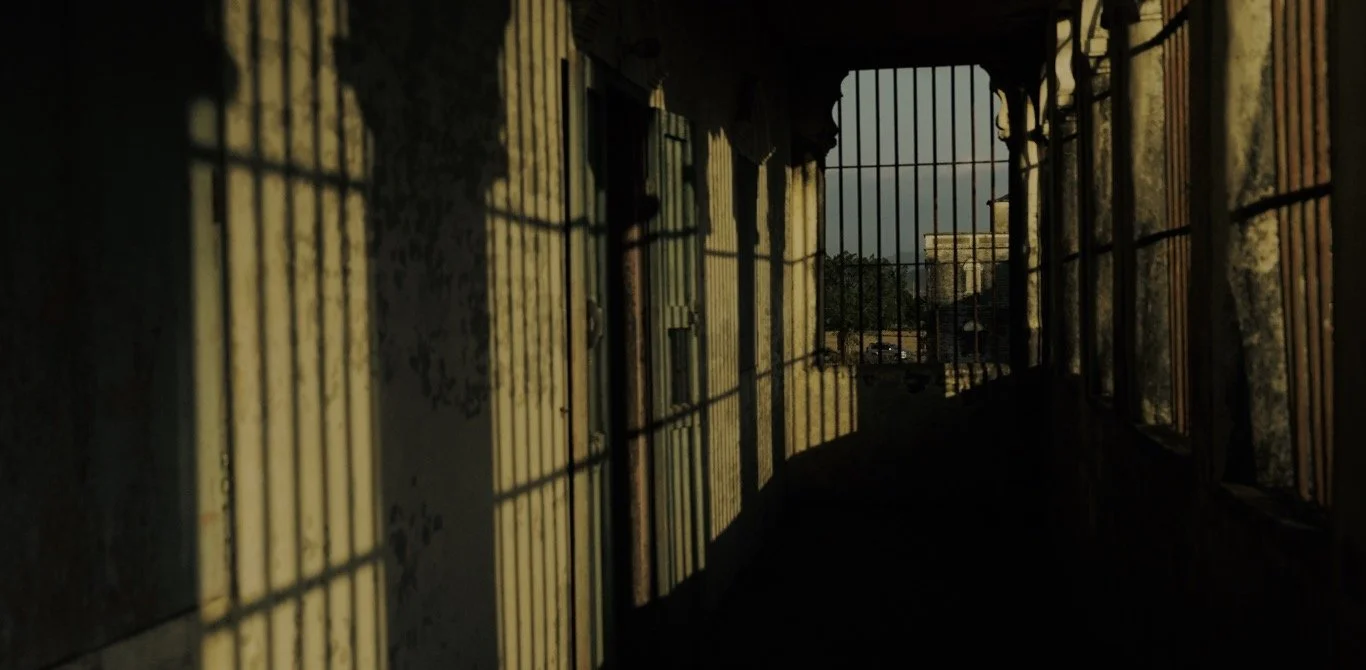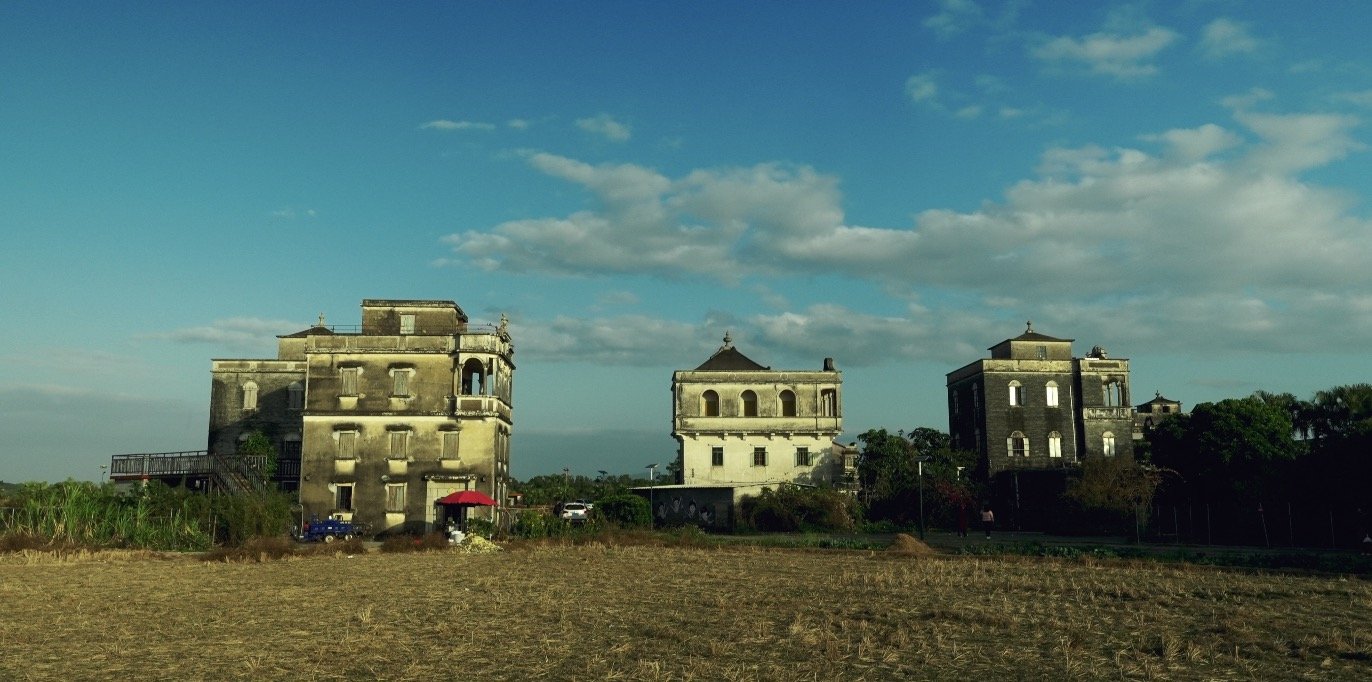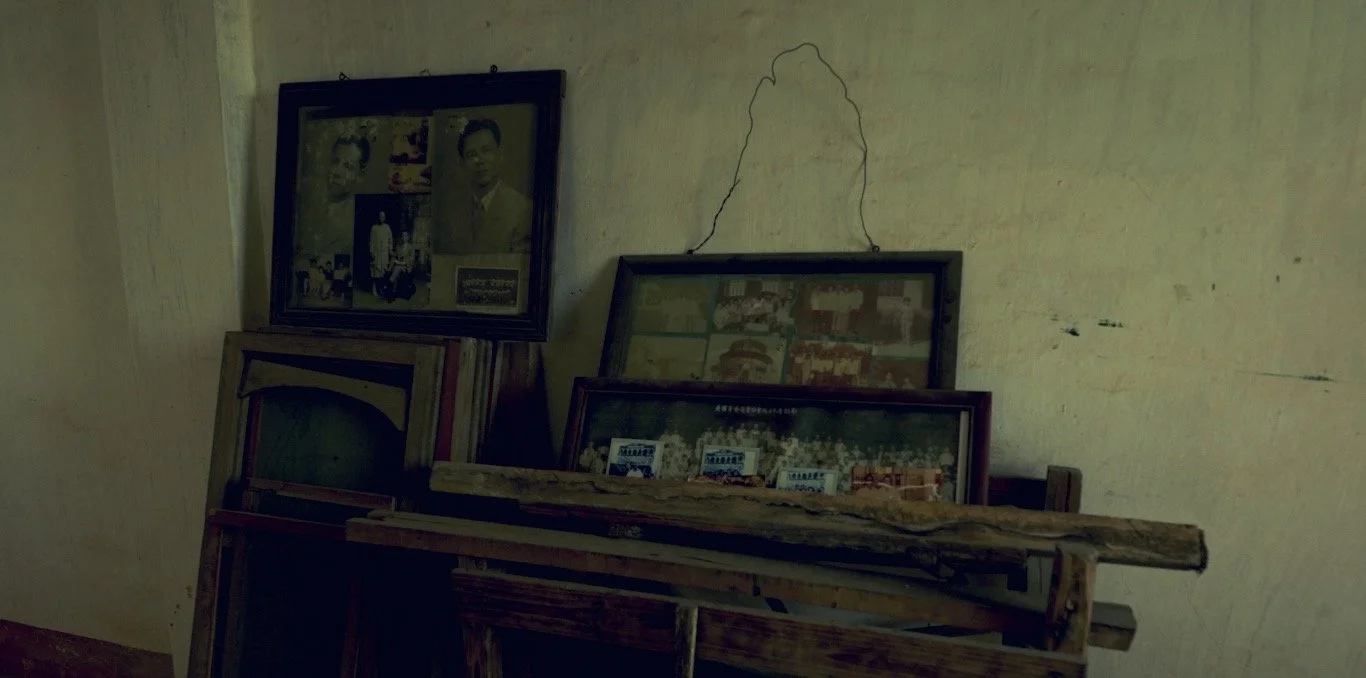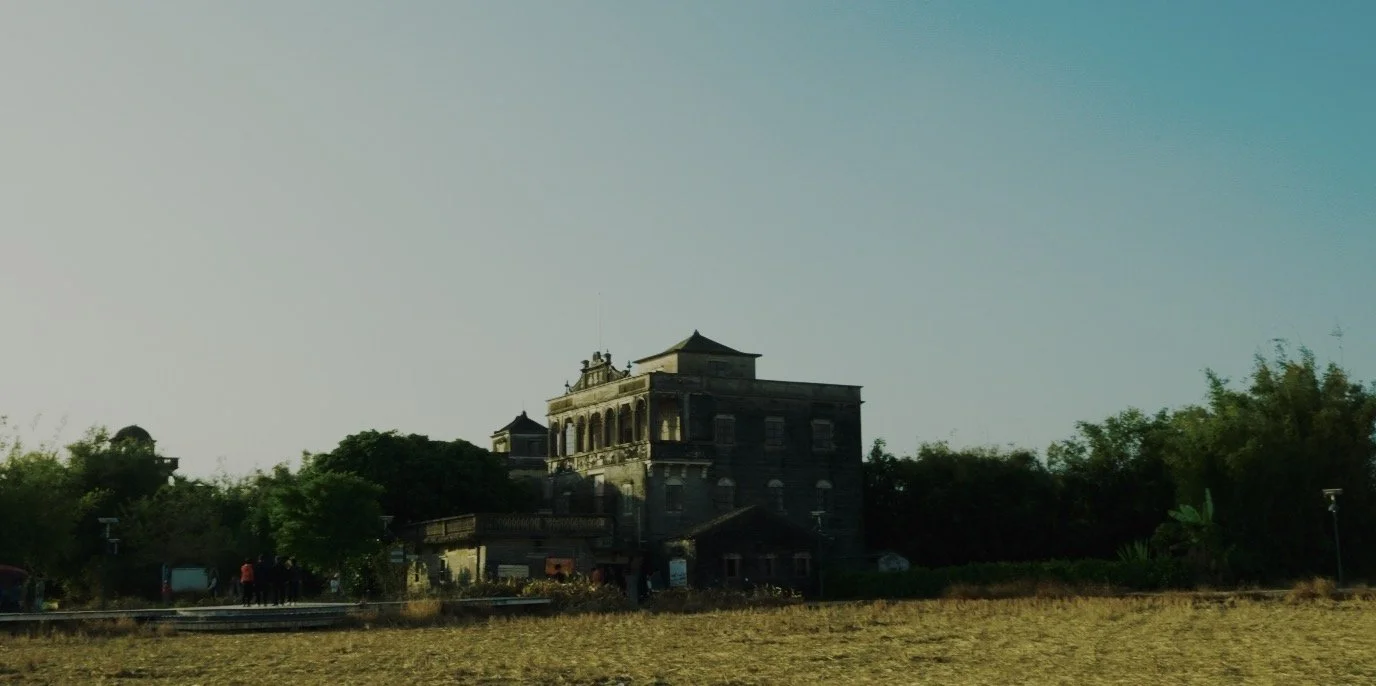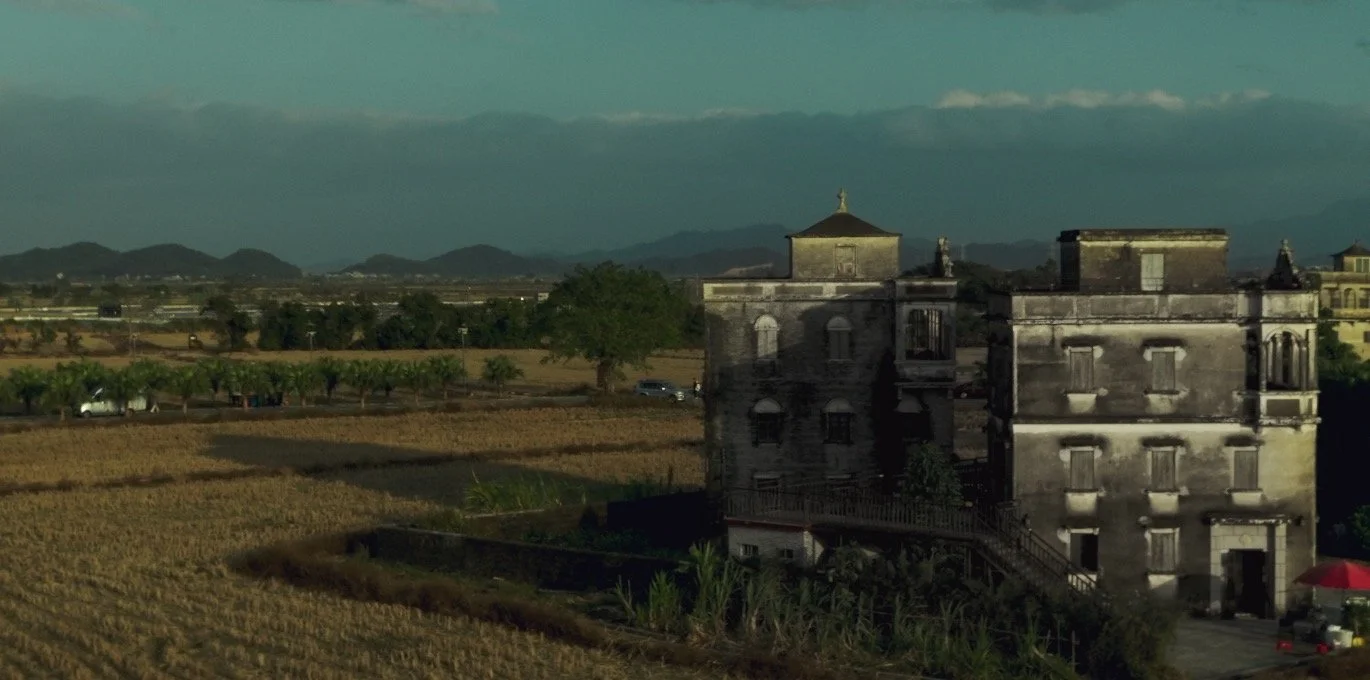TAISHAN
A PLACE WHERE MY ROOTS RUN DEEP
(by Brian Huang)
TaiShan Through the Lens
A Photography Collection Of Local Villages
TaiShan: Where My Roots Run Deep
TaiShan: Where My Roots Run Deep
Welcome to TaiShan. On the surface, it might seem like just another quiet town, but to me, it’s home in a way no other place can be. My connection to this place runs deep—like, thousands-of-years deep. Back when emperors ruled and soldiers roamed the fields with swords and horses, my ancestors were already here. As far as I know, anyone with the same bloodline as me is from this town. My mother? From here. My father? Also from here. Grandparents, uncles, aunts, great-grandparents—the list goes on!
I’ve spent most of my life in Beijing, and I like to think of myself as a Beijinger. But every year, when my family makes the trip back for the Lunar New Year, I realize—this is where I’m really from. My parents insist on these visits, calling it a way to "appreciate our roots." It’s a stark contrast from the city—where traffic chokes the air, people rush like they’re in an Olympic sprint, and skyscrapers loom over you like judgmental elders. And don’t get me wrong—I love city life. It’s fast, chaotic, and thrilling. But sometimes, stepping away from all that feels like a much-needed deep breath.
TaiShan isn’t just about family history; it’s a living museum of cultural traditions and old-world charm. In the photography collection above, I captured the architecture of local villages—some of these buildings have been standing since the Qing Dynasty, over a century ago. TaiShan’s history is a mix of immigration and struggle. During the late 20th century, poverty and famine hit southern China hard. Being a coastal town, many TaiShan locals left for the U.S. during the California Gold Rush, chasing fortune to support their families. The lucky ones sent money back, funding the construction of grand towers and village renovations. These buildings don’t just tell a story of architecture—they’re a testament to resilience and hope.
But history isn’t the only thing that makes this place special. TaiShan is rich in traditions, many tied to local Buddhist beliefs. Every Lunar New Year, my family and I take part in a three-day ritual—sending prayers to our ancestors, thanking them, and sharing our hopes for the new year. This isn’t just about saying the words; it’s about connection. It’s a reminder of where I come from, a way to ground myself in something bigger. Gratitude, heritage, belonging—it all clicks into place.
Still, change is creeping in. Like many rural areas in China, TaiShan is modernizing. Each time I visit, I see more apartment buildings rising, villages turning into shopping centers. My own village is still standing, still alive with its community, but every year, more houses sit empty. It makes me wonder—how long before it fades away?
I write this because I’m grateful. Grateful that I’ve known this place all my life. Grateful that my parents make sure I don’t lose touch with my roots. If you’re reading this, I encourage you to do the same. Learn about your heritage, where you come from—it changes how you see the world. Your cultural history isn’t just some old relic; it’s a treasure your ancestors left you; it’s a part of you. Don’t let it slip away.

